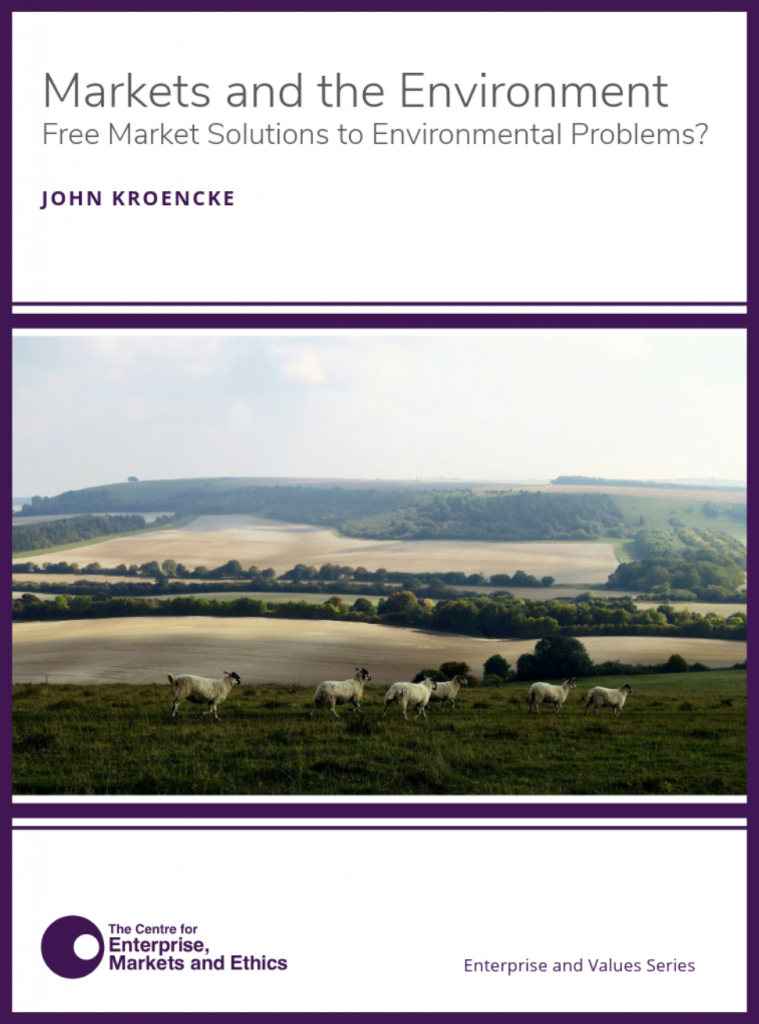Markets and the Environment (Conclusion)
Conclusion In the next decades increasing shares of personal and societal wealth willbe spent mitigating environmental harms. These harms are often blamed on the ramifications of the market system. To some extent this is true but the complaints too often ignore the human betterment deriving from the activity that results in environmental degradation. At its...



